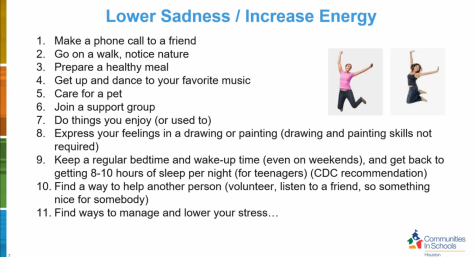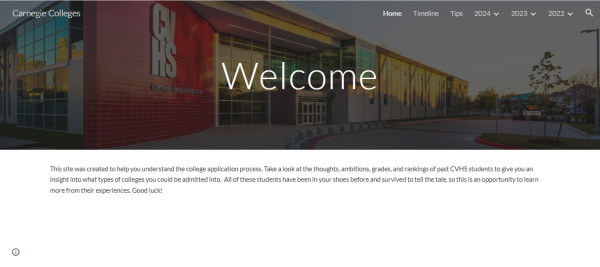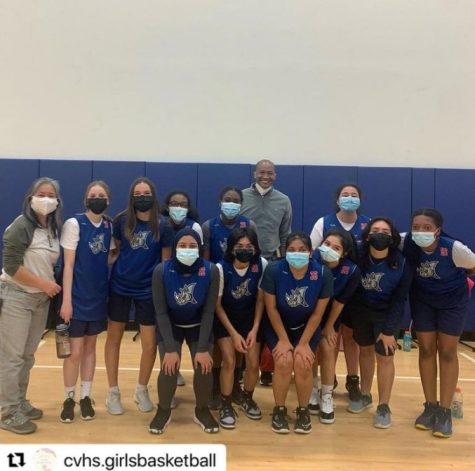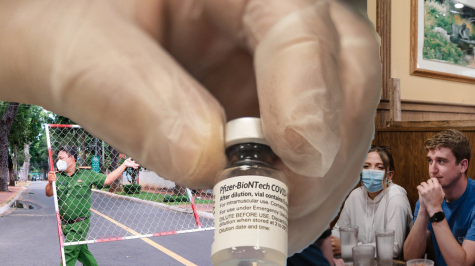Students Are Reluctant to Access HISD’s Mental Health Resources
The number of mental issues is growing among students in isolation during the pandemic.
Back in May, HISD launched its “Let’s Stay Connected” Mental Health Hotline at 713-556-1340 that runs 24 hours a day, seven days a week. It’s no surprise that mental health issues has risen among teenagers during the pandemic, but HISD’s mental health resources have been largely not accessed by CVHS students either because of the stigma around seeking institutional mental health supports or because students have been aware of these resources.
“I wouldn’t go to an HISD counselor because I would be too scared to talk to someone I don’t know that much about my problems, I’ll most likely talk to a friend,” said CVHS freshman Stephanie.
The Center for Disease Control has noted that the pandemic contributed to five main challenges leading to mental health issues among children:
- Changes in their routines (e.g., having to physically distance from family, friends, worship community)
- Breaks in continuity of learning (e.g., virtual learning environments, technology access and connectivity issues)
- Breaks in continuity of health care (e.g., missed well-child and immunization visits, limited access to mental, speech, and occupational health services)
- Missed significant life events (e.g., grief of missing celebrations, vacation plans, and/or milestone life events)
- Lost security and safety (e.g., housing and food insecurity, increased exposure to violence and online harms, threat of physical illness and uncertainty for the future)
This past year, CVHS hired a dedicated student support manager to help guide students with mental health concerns. Ms. Elizabeth Reed, LMSW, works with Communities in Schools, which besides providing mental health guidance to students, also provide the following services. Ms. Reed can be reached at: [email protected].
- Supportive guidance and counseling,
- Academic support,
- Health and human services referrals,
- College and career readiness support,
- Parental and family involvement, and/or
- Enrichment activities
In a recent presentation to students, Ms. Reed shared the following strategies to impr
ove mood throughout the day.
Your donation will support the student journalists of Carnegie Vanguard High School. Your contribution will allow us to cover our annual website hosting costs and fund field trips, competition fees, and equipment. We appreciate your support!

Abigail Nunez, has two older brothers and a best friend named Esperanza. She has always had a thing for sports , and now plays with the u17 National Salvadorian...

Nadia is a senior at CVHS in her 4th year of writing for the Upstream. She has been writing as a hobby and competitively for nearly a decade and her favorite...














